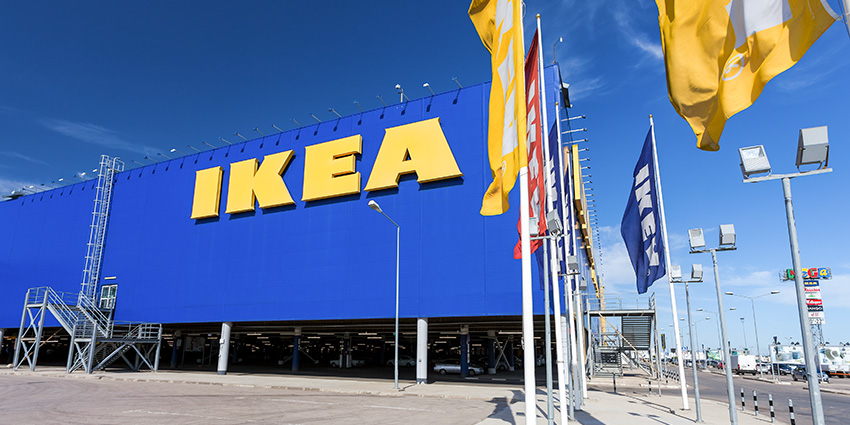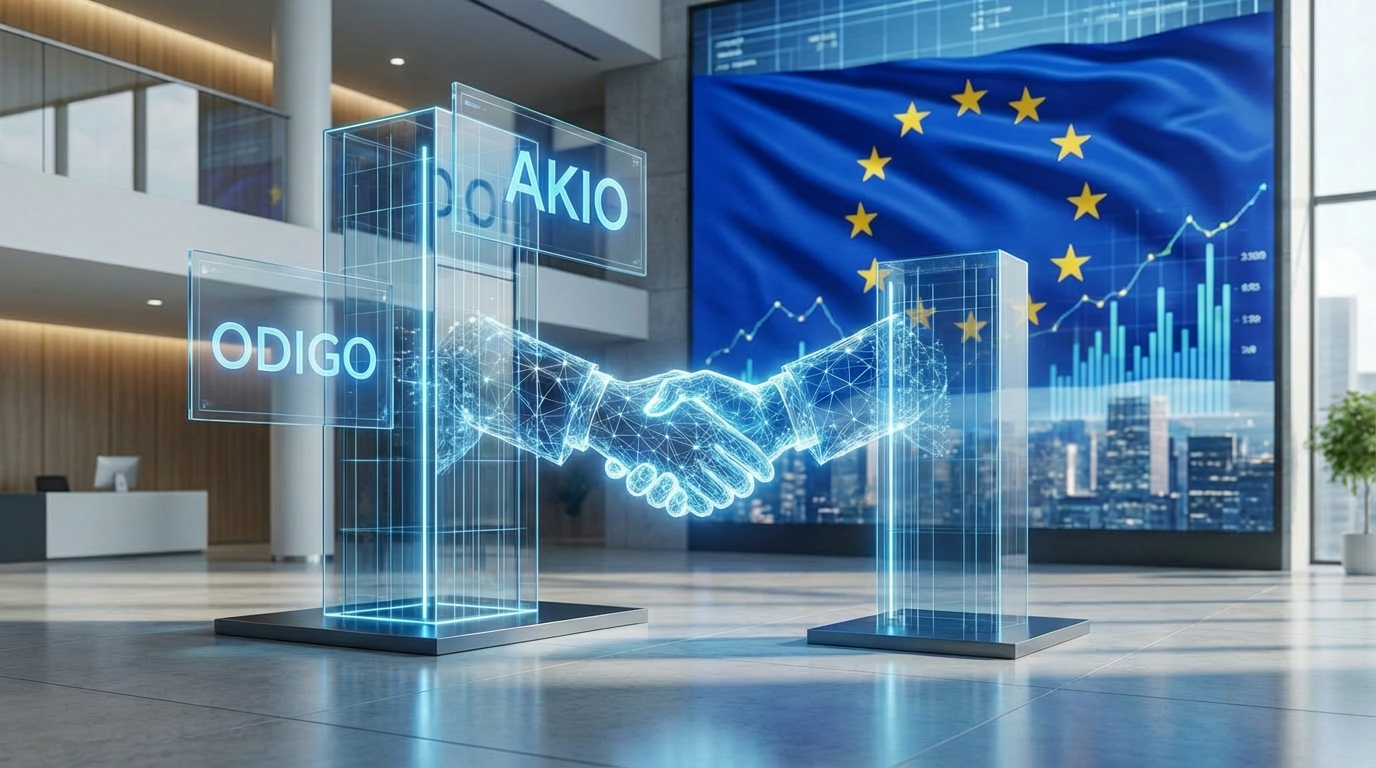Working in partnership with Forrester Market Research, Boston-based software company, LogMeIn, recently held a webinar explaining their study on customer experience versus customer expectation in the telco (telecommunications) industry and what drives satisfaction and dissatisfaction in their European markets.
In the study, 3,500 customers were surveyed, whilst a number of interviews with senior members of the telco industry were also carried out in order to get a clearer insight into what the telco industry thinks versus how the customer feels in relation to customer experience.
Opening the webinar, Dan Bieler, the Principle Analyst at Forrester Research, claimed that “the current digital transformation is fundamentally rewiring the rules of the telco business” and dramatically changing customer expectations of what defines good customer service.

As the rising trend in consumer markets of newly introduced communication features such as IM, WebRTC, AI and Chatbots continues to grow, more and more customers are reluctant to go back to more traditional methods and expect these features to be available from every business they communicate with.
Unfortunately, after analysing a series of Trustpilot reviews, Dieler went on to reveal how the majority of telco businesses did not fare well when it came to customer satisfaction and 7/10 people claimed they were unhappy with their experience overall. Amongst other things, lengthy hold queues and a lack of overall efficiency when it came to resolving problems seemed to be the main cause of frustration.
Fortunately for telco companies, however, it was also revealed that around 47% of dissatisfied customers still wanted to contact their provider directly when discussing an issue, which now gives said businesses the opportunity to revamp their communications systems so they can begin closing down the widening gaps that occur between customer experience and expectation.
With this in mind, it seems that the key to success in the digital age comes by looking through the eyes of the customer, analysing how they engage with the business and finding a solution that can meet the requirements of each individual rather than opting for a one size fits all approach.
After acknowledging that customers now use many different channels (web, mobile, social, in-store) to connect with businesses, companies must find a way to reach this new generation and engage with them in a way that reinforces the idea that they genuinely care about helping them resolve their issues.
However, as well as satisfying the needs of a younger demographic that, as demonstrated in the survey, showed a preference for newer channels, telco businesses must be careful not to ostracise older generations who still prefer traditional forms of customer service i.e. person-to-person conversations with an agent rather than web apps, instant message and/or an automated service.
Fortunately, with services such as /unified-communications/ucaas and CCaaS, more and more businesses are now given the freedom to pick just the software and services that apply to them, allowing them to build a more efficient and diversified contact centre solution that adequately meets the needs of their customers and gives businesses the chance stop those gaps from increasing.







